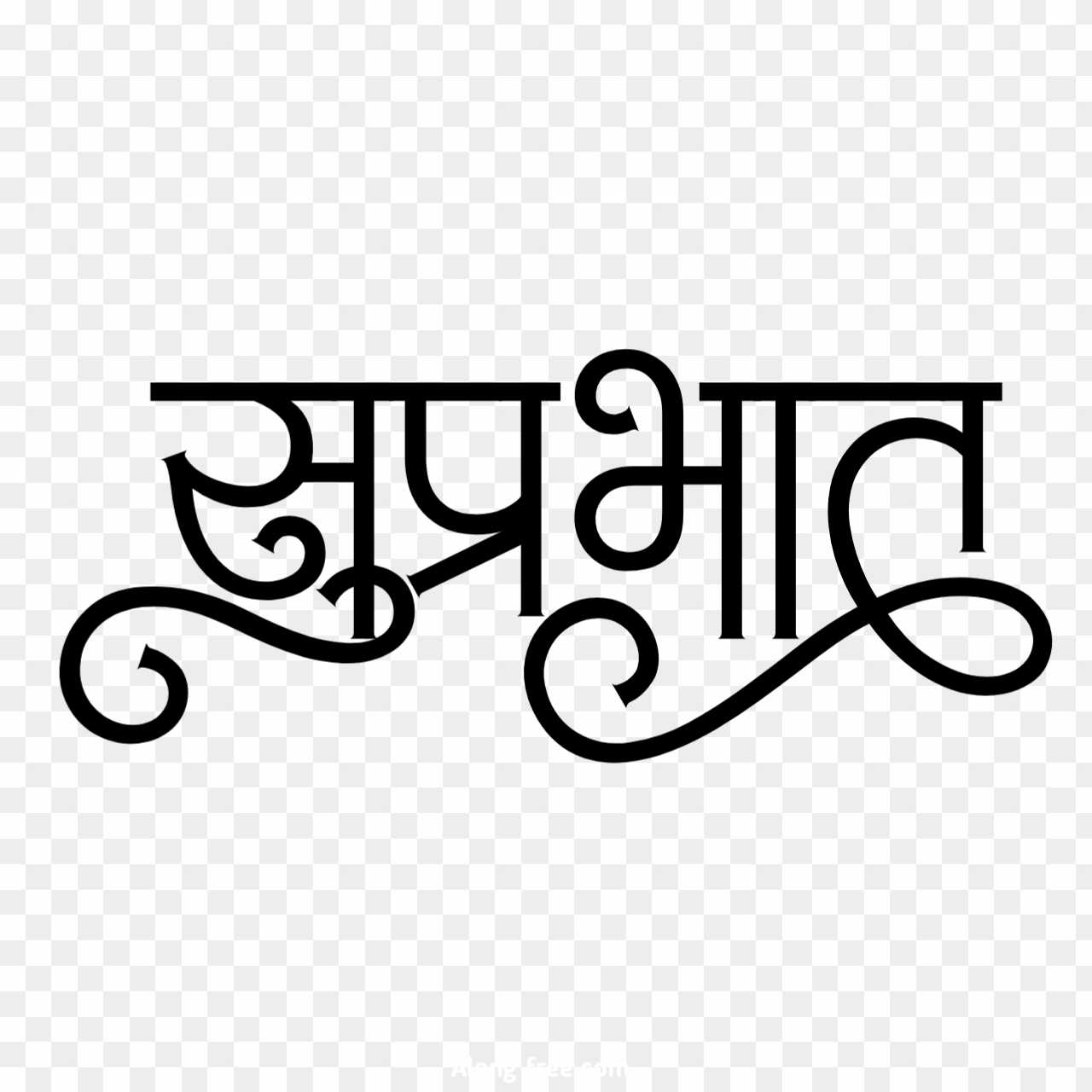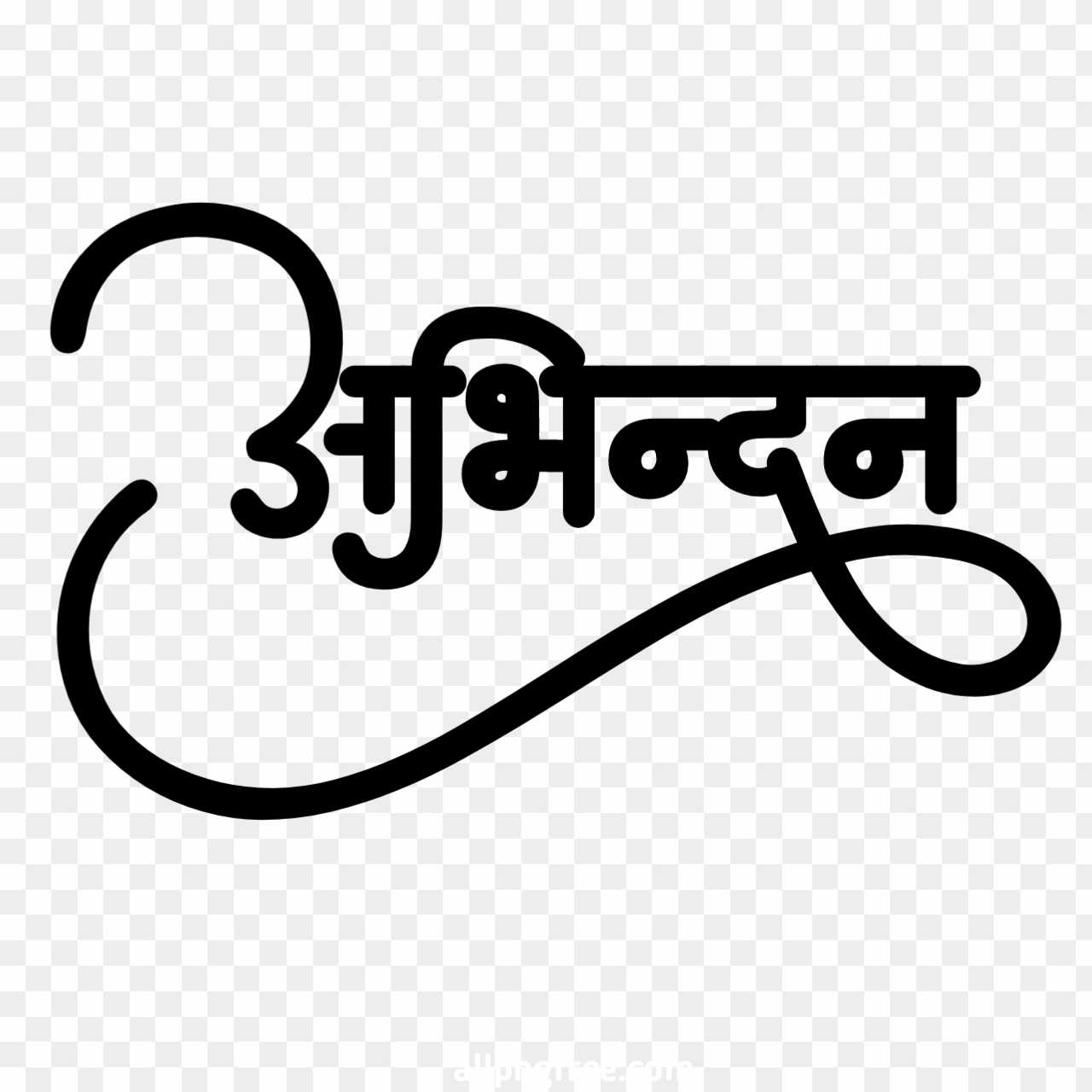Hindi Pronouns: The Ultimate Guide For Language Enthusiasts
Ever wondered how to master Hindi pronouns and take your language skills to the next level? Well, you're in the right place. Hindi pronouns might sound intimidating at first, but trust me, once you get the hang of it, you'll be speaking like a pro in no time. Whether you're a beginner or an intermediate learner, understanding pronouns is essential if you wanna communicate effectively in Hindi.
Hindi is one of the most widely spoken languages in the world, and its pronoun system plays a crucial role in shaping sentences. Pronouns are basically those little words we use to replace nouns, making conversations smoother and less repetitive. Think of them as the secret sauce that makes Hindi flow effortlessly. So, if you're ready to dive deep into the world of Hindi pronouns, let's get started!
Now, before we jump into the nitty-gritty details, let me assure you that learning Hindi pronouns isn't as hard as it seems. With the right guidance and a bit of practice, you'll be using them like a native speaker in no time. And who knows? You might even impress your Hindi-speaking friends with your newfound knowledge. So, buckle up and let's explore the fascinating world of Hindi pronouns together!
- What Did Kat Williams Say About P Diddy Unraveling The Controversy
- P Diddy The Life And Career Of A Hiphop Icon
What Are Hindi Pronouns Anyway?
Alright, so let's start with the basics. What exactly are Hindi pronouns? Simply put, they are words that take the place of nouns in a sentence. For example, instead of saying "John went to the store," you can say "He went to the store." In Hindi, it works pretty much the same way. The only difference is that Hindi pronouns come with their own set of rules and variations depending on the context. But don't worry, we'll break it all down for you.
Here's the thing about Hindi pronouns – they're super versatile. You can use them to refer to people, objects, or even ideas. Plus, they change form based on gender, number, and case. Sounds complicated, right? Don't sweat it. Once you get the hang of it, it'll all make sense. So, let's take a closer look at the different types of Hindi pronouns and how they work.
Types of Hindi Pronouns You Need to Know
Now that we've got the basics out of the way, let's talk about the different types of Hindi pronouns. There are several categories, each with its own unique characteristics. Here's a quick rundown:
- Meek Mill And P Diddy A Deep Dive Into Their Relationship And Impact On Hiphop Culture
- P Diddy And The Evolution Of Remixes We Invented The Remix
- Personal Pronouns: These are used to refer to people, like "I," "you," and "he/she." In Hindi, they're called "sarvanam."
- Reflexive Pronouns: These are used when the subject and object of a sentence are the same, like "myself" or "yourself."
- Demonstrative Pronouns: These are used to point out specific things, like "this" or "that."
- Interrogative Pronouns: These are used to ask questions, like "who" or "what."
- Relative Pronouns: These are used to connect clauses, like "who," "which," or "that."
See? Not so scary after all. Each type of pronoun has its own rules and usage, but they all serve the same purpose – to make your Hindi conversations smoother and more natural.
Personal Pronouns: The Backbone of Hindi Communication
Let's focus on personal pronouns for a moment because they're probably the most commonly used type. In Hindi, personal pronouns are divided into first, second, and third person, just like in English. But here's the twist – they also change form based on gender and number. For example:
- First person singular: "main" (I)
- Second person singular: "tum" (you – informal) or "aap" (you – formal)
- Third person singular: "voh" (he/she)
And if you're referring to more than one person, you'll need to use the plural form. For example:
- First person plural: "hum" (we)
- Second person plural: "tum log" (you all – informal) or "aap log" (you all – formal)
- Third person plural: "ve" (they)
See how it works? Personal pronouns are the backbone of Hindi communication, so mastering them is crucial if you wanna speak the language fluently.
Understanding Gender in Hindi Pronouns
One of the most important things to keep in mind when using Hindi pronouns is gender. Unlike English, Hindi has a strict gender system, and pronouns are no exception. For example, the pronoun "voh" can mean both "he" and "she," but the context will determine which one you're referring to. Here's a quick breakdown:
- "Voh" – used for both male and female singular subjects
- "Ve" – used for male and mixed-gender plural subjects
- "Vehn" – used exclusively for female plural subjects
See how it works? Gender plays a huge role in Hindi pronouns, so it's important to pay attention to the context and choose the right form. Don't worry if it seems confusing at first – with practice, it'll all start to make sense.
Case System in Hindi Pronouns
Now, let's talk about another important aspect of Hindi pronouns – the case system. In Hindi, pronouns change form depending on their role in the sentence. There are three main cases:
- Nominative Case: Used when the pronoun is the subject of the sentence. Example: "Main gaaon gaya" (I went to the village).
- Oblique Case: Used when the pronoun is the object of the sentence or part of a prepositional phrase. Example: "Mujhe pata hai" (I know).
- Genitive Case: Used to show possession. Example: "Mera ghar" (My house).
See how the pronoun changes form based on its role in the sentence? This is why understanding the case system is so important when it comes to Hindi pronouns. Don't worry if it seems overwhelming at first – with practice, it'll become second nature.
Common Mistakes to Avoid with Hindi Pronouns
Now that you've got a good understanding of how Hindi pronouns work, let's talk about some common mistakes to avoid. Here are a few tips to keep in mind:
- Don't mix up gender: Remember that Hindi has a strict gender system, so make sure you're using the correct form for the subject you're referring to.
- Pay attention to case: As we discussed earlier, Hindi pronouns change form based on their role in the sentence. Make sure you're using the right case to avoid confusion.
- Be mindful of formality: Hindi has different forms of "you" depending on the level of formality. Use "tum" for informal situations and "aap" for formal ones.
By avoiding these common mistakes, you'll be well on your way to mastering Hindi pronouns and speaking the language like a pro.
Practical Tips for Mastering Hindi Pronouns
Now that you know the theory behind Hindi pronouns, let's talk about some practical tips for mastering them. Here are a few suggestions:
- Practice regularly: Like any skill, mastering Hindi pronouns takes practice. Try to use them in everyday conversations as much as possible.
- Watch Hindi movies or shows: This is a great way to hear how native speakers use pronouns in context. Pay attention to the way they change form based on gender, number, and case.
- Use language apps: There are plenty of language apps out there that can help you practice Hindi pronouns in a fun and interactive way.
By incorporating these tips into your daily routine, you'll be speaking Hindi like a pro in no time!
Why Learning Hindi Pronouns Matters
So, why is it so important to learn Hindi pronouns? Well, for starters, they're an essential part of the language. Without them, your sentences would sound repetitive and awkward. Plus, mastering pronouns will help you communicate more effectively and naturally in Hindi. Whether you're traveling to India, studying the language, or simply interested in learning more about Indian culture, understanding Hindi pronouns is a crucial step in your language journey.
Think about it – when you use pronouns correctly, you're showing respect for the language and its speakers. You're also demonstrating your commitment to learning and understanding the culture. And who knows? You might even make some new friends along the way!
Real-Life Examples of Hindi Pronouns in Action
Let's take a look at some real-life examples of how Hindi pronouns are used in everyday conversations. Here are a few scenarios:
- Scenario 1: You're at a restaurant and the waiter asks you what you'd like to order. You might say "Mujhe pasta dena" (I'd like pasta).
- Scenario 2: You're introducing yourself to someone new and say "Main John hoon" (I am John).
- Scenario 3: You're talking about a friend and say "Voh ek accha dost hai" (He/she is a good friend).
See how pronouns make these conversations smoother and more natural? That's why they're such an important part of learning Hindi!
Conclusion: Take Your Hindi Skills to the Next Level
Well, there you have it – everything you need to know about Hindi pronouns. From personal pronouns to case systems and common mistakes, we've covered it all. By mastering Hindi pronouns, you'll be well on your way to speaking the language fluently and confidently.
So, what are you waiting for? Start practicing today and take your Hindi skills to the next level. And don't forget to share this article with your friends who are also learning Hindi. Who knows? You might just inspire someone else to take on the challenge of mastering Hindi pronouns!
Table of Contents
- What Are Hindi Pronouns Anyway?
- Types of Hindi Pronouns You Need to Know
- Personal Pronouns: The Backbone of Hindi Communication
- Understanding Gender in Hindi Pronouns
- Case System in Hindi Pronouns
- Common Mistakes to Avoid with Hindi Pronouns
- Practical Tips for Mastering Hindi Pronouns
- Why Learning Hindi Pronouns Matters
- Real-Life Examples of Hindi Pronouns in Action
- P Diddy Hairline Understanding The Evolution And Impact
- Td Jakes And P Diddy Relationship A Deep Dive Into Their Connection

Pron film Home Facebook

Good Morning Images In Hindi Font

Stylish Abhinandan Hindi text images transparent background PNG